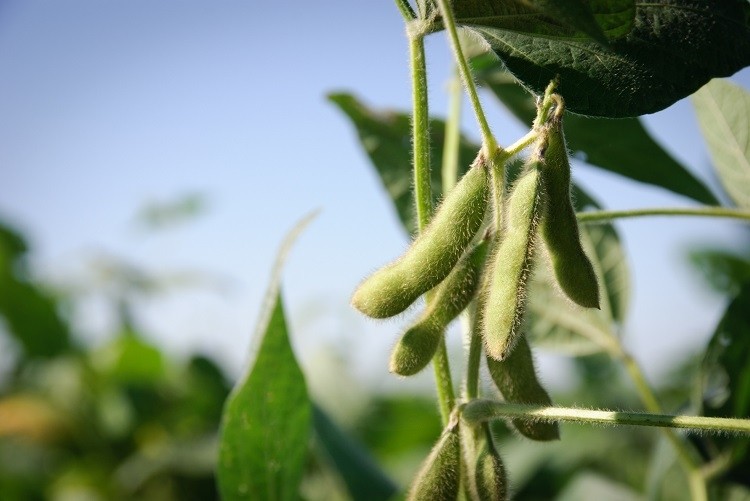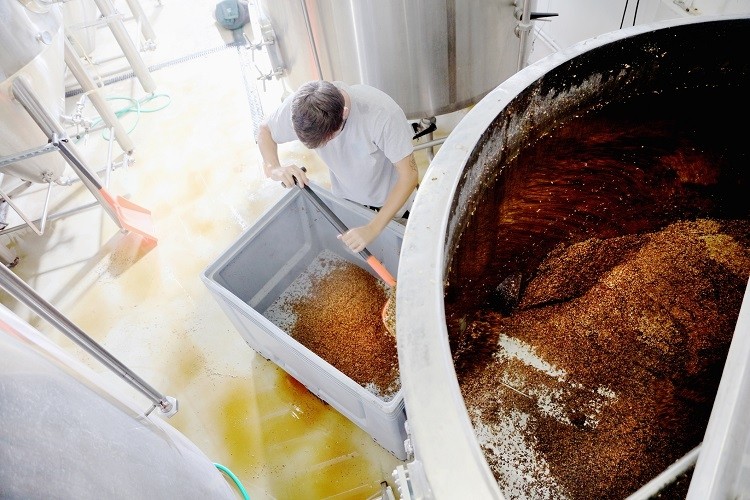Plant-based: Mitigating against ingredient bottlenecks to disrupt 6% of global meat market

Demand for plant-based meat alternatives is on the rise. Within just eight years from now, in 2030, it is estimated a minimum of 25m metric tons of plant-based meat is required to meet annual global market demand.
At this point, plant-based meat sales are predicted to comprise roughly 6% of the global meat market.
What ingredients targets must the sector – covering both plant-based terrestrial meats and seafood – meet to achieve this supply? Research published in The Good Food Institute’s (GFI) new report, Plant-based meat: Anticipating 2030 production requirements, investigates.
Scaling up existing ingredients
According to the GFI’s analyses, the eight most commonly utilised ingredients in the plant-based meat ingredient landscape include soy protein concentrate, soy protein isolate, wheat gluten, pea protein, coconut oil, canola oil, sunflower oil, and cocoa butter.
Unless a ‘significant’ market disruption takes place, GFI expects the plant-based meat industry to continue to rely on these ingredients in the coming years.
What does this mean for the future cultivation of these particular ingredients? Taking soy protein as an example, GFI estimates the plant-based meat industry will require three times the projected global supply of soy protein concentrate and 1% of the global supply of soy protein isolate, but only 2% of soy production overall, by 2030.
As soy protein is derived from one of the most widely traded commodities, supply chains are ‘well developed’. The biggest bottleneck is processing capacity. According to GFI additional investment into intermediary processing capacity will quickly unlock much greater volume.

The same is true for pea protein, with the main difference being that by 2030, the plant-based meat industry will require 10 times the projected global supply of enriched forms of peat protein and 34% of pea production overall, assuming current yields.
Spotlight on coconut oil
Investments in processing capacity is also required in the coconut oil sector. By 2030, the plant-based meat industry may require at least 16% of the global supply, according to GFI. Thanks to the ingredient’s high saturated fat content and resulting functional properties, coconut oil has become an essential component of a large share of plant-based products.
And the plant-based meat sector is not the only one vying for its supply. It is also used across the food industry more generally, and in cosmetics.
With the majority of current coconut oil production taking place in Indonesia and the Philippines, the commodity is heavily export-dependent. This can lead to supply constraints and price volatility.
“If coconut oil retains its dominance in plant-based meat formulations and alternative means of production are not developed, additional investments in processing capacity and coconut cultivation would likely be required to keep pace with increased demand,” noted the report authors.

GFI also suggested industry seek to ‘rapidly diversify’ into alternative fats that provide substantially similar, or superior organoleptic qualities.
“Novel manufacturing methods for producing similar fats – such as using microbial strains or modifying more abundant plant fats – should also be explored.”
Diversifying ingredient supply
To mitigate future ingredient shortages, while optimising crops and ingredients to improve the organoleptic properties of plant-based meat, GFI recommends businesses explore opportunities in emerging protein sources.
Certain legumes, oilseeds, vegetables, nuts and cereals, for example, show ‘strong growth potential’.
Indigenous crops could be better suited to cultivation in various geographic regions. However, such crops will not have such stable supply chains, and GFI stressed that building them out requires ‘close collaboration’ and ‘significant investment’ from growers, ingredient processors, and manufacturers.
“Governments, multilateral agencies, and global development philanthropies can play a role in market-shaping activities such as farmer and processor loans, market guarantees, crop insurance schemes, and extension education programmes to support the development of robust supply chains for emerging plant protein sources,” noted the report authors.

To help suppliers meet potential variations in demand, GFI recommends strategic relationships be formed between ingredients players and food makers. This can also help to de-risk new investments in processing infrastructure for ingredient suppliers, and empower processors to build capacity in advance – to meet forecasted demand.
Efforts to improve the economic viability of existing ingredients, by focusing on sidestream utilisation, should also be made, according to GFI. The economic viability of novel crop supply chains can be ‘greatly enhanced’ by identifying value-added applications for starch- and fibre-rich fractions, the authors stressed, which could be downcycled into feed.
The report authors continued: “Likewise, the industry should also investigate potential opportunities to use the sidestreams of other industries, such as spent grain used for brewing, as functional and cost-effective inputs for plant-based meat.”



















